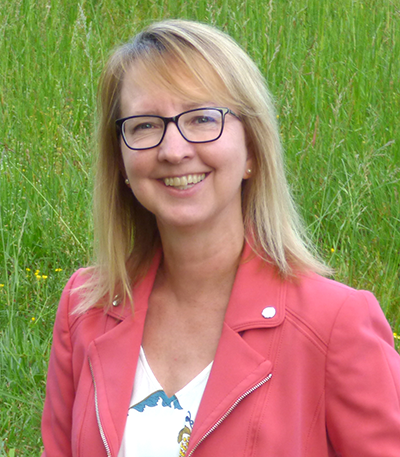Subtitled: Unconventional Strategies For Reinventing Your Career
Here’s another fantastic book for anyone considering a career shift, but especially for those a few decades in. This makes the 3rd book in as many months that’s jumped in to my list of recommended books, right to the top!
So many of us in our middle years are realizing we’ve been living and working for others. And now that our careers are plateauing and the kids are needing less oversight we’re not sure who we are or what we want to be doing. This book provides clear strategies for finding those out.
The author calls these strategies ‘unconventional’ as they buck the trends of most career and vocation resources.
Most career search advice recommends going inward to learn about ourselves, through quiet reflective, introspective type work – her research shows it is more effective to learn about ourselves through external activities. She encourages a career search to be more about trying, experimenting, testing, for it to be about exploring possibilities.
She provides seven strategies in all….and this one about doing different things is the first strategy. The official wording: act your way into a new way of thinking and being. You cannot discover yourself by introspection.
I love that she quickly makes it clear: Acting and doing give us much more data than just thinking and talking.
The other six strategies?
Strategy 2: stop trying to find your one true self. Focus your attention on which of your many possible selves you want to test and learn more about
Strategy 3: Allow yourself a transition period in which it is OK to oscillate between holding on and letting go. Better to live the contradictions than to come to a premature resolution
Strategy 4: Resist the temptation to start by making a big decision that will change everything in one fell swoop. Use a strategy of small wins, in which incremental gains lead to more profound changes in the basic assumptions that define your work and your life.
Strategy 5: Identify projects that can help you get a feel for a new line of work or style of working. Try to do these as extracurricular activities or parallel paths so that you can experiment seriously without making a commitment.
Strategy 6: Don’t just focus on the work. Find people who are what you want to be and who can provide support for the transition. But don’t expect to find them in your same old social circles.
Strategy 7: Don’t wait for a cataclysmic moment when the truth is revealed. Use everyday occurrences to find meaning in the changes you are going through. Practice tell and retelling your story. Over time, it will clarify.
Her strategies make good sense and provide clear steps people can take to reinvent themselves and their careers. But what I also love about this book is the overarching theme of potential.
We are full of possibilities! No matter where we are in our careers! We have a tendency to get stuck in our work identity, especially if we’ve been doing the same type of work for a long time. Herminia’s research points to how important it is for us to think beyond our current situation, to not use our past as a precursor for our future. She shows us that by exploring our options we can open up our brains to see the many possible selves we have. There’s not just ONE person we’re meant to be or work we have to be doing or purpose we’re meant to be living. There are many versions, many possible selves, so let’s explore those possibilities with a playful curiosity!
OK, I’ve given you lots of takeaways – big in idea and in impact. I hope these inspire you to read “Working Identity” and when you do, let me know what your top takeaways are!
